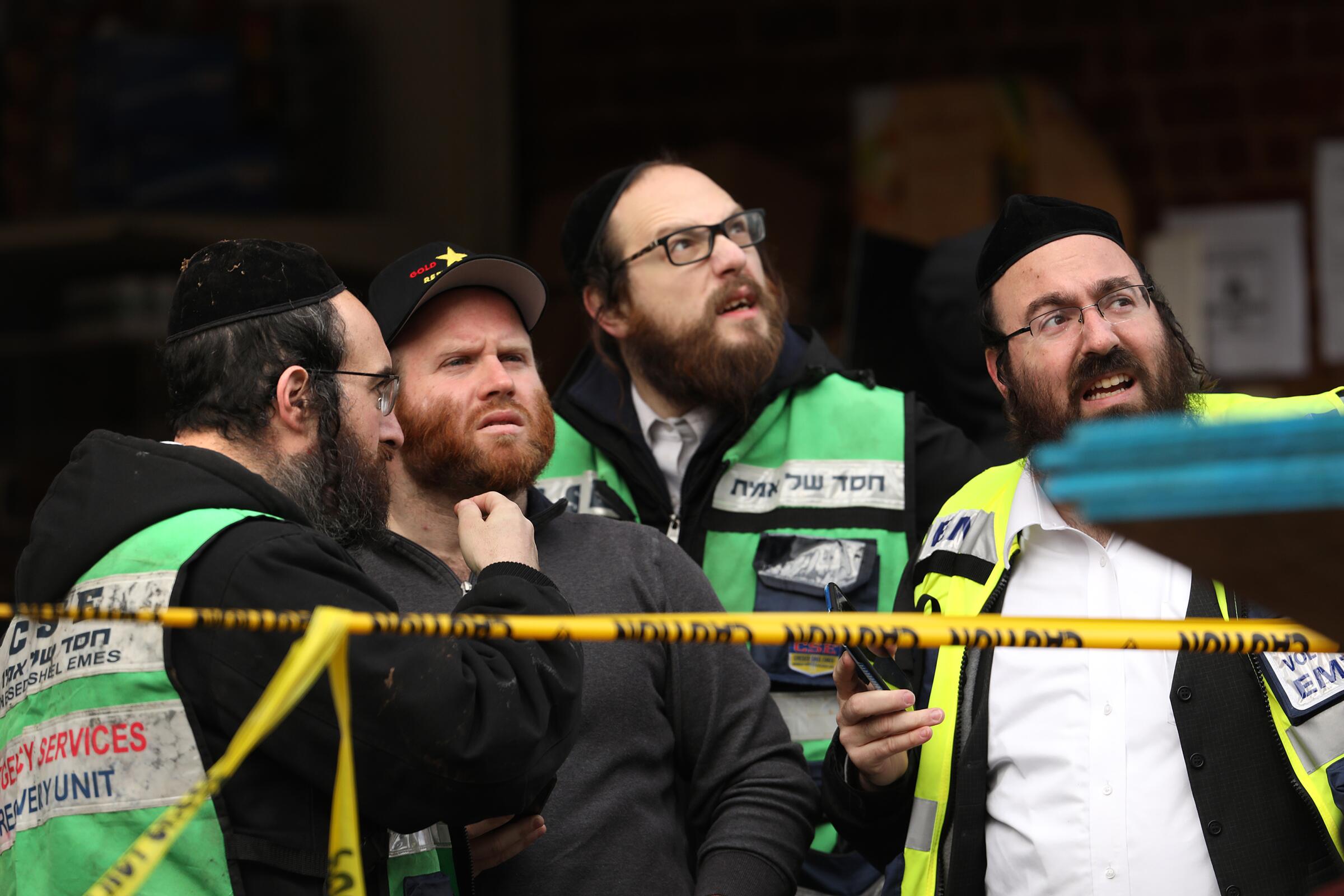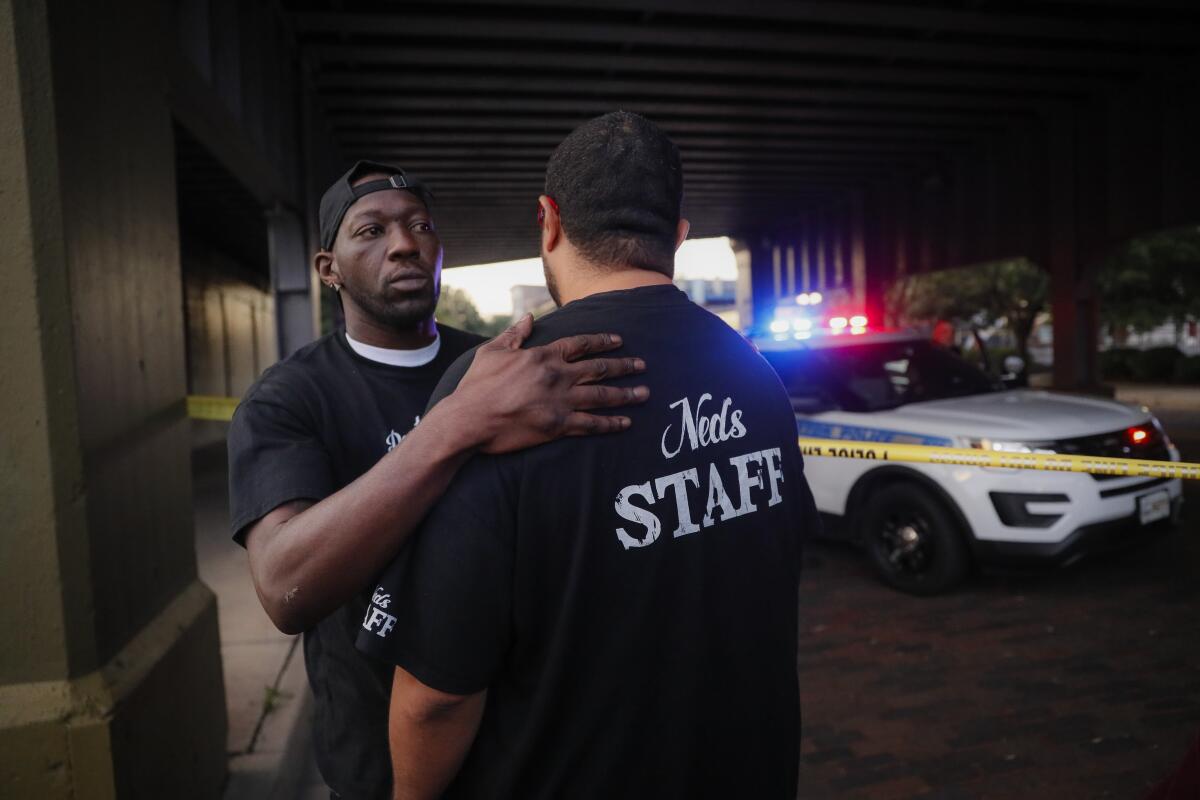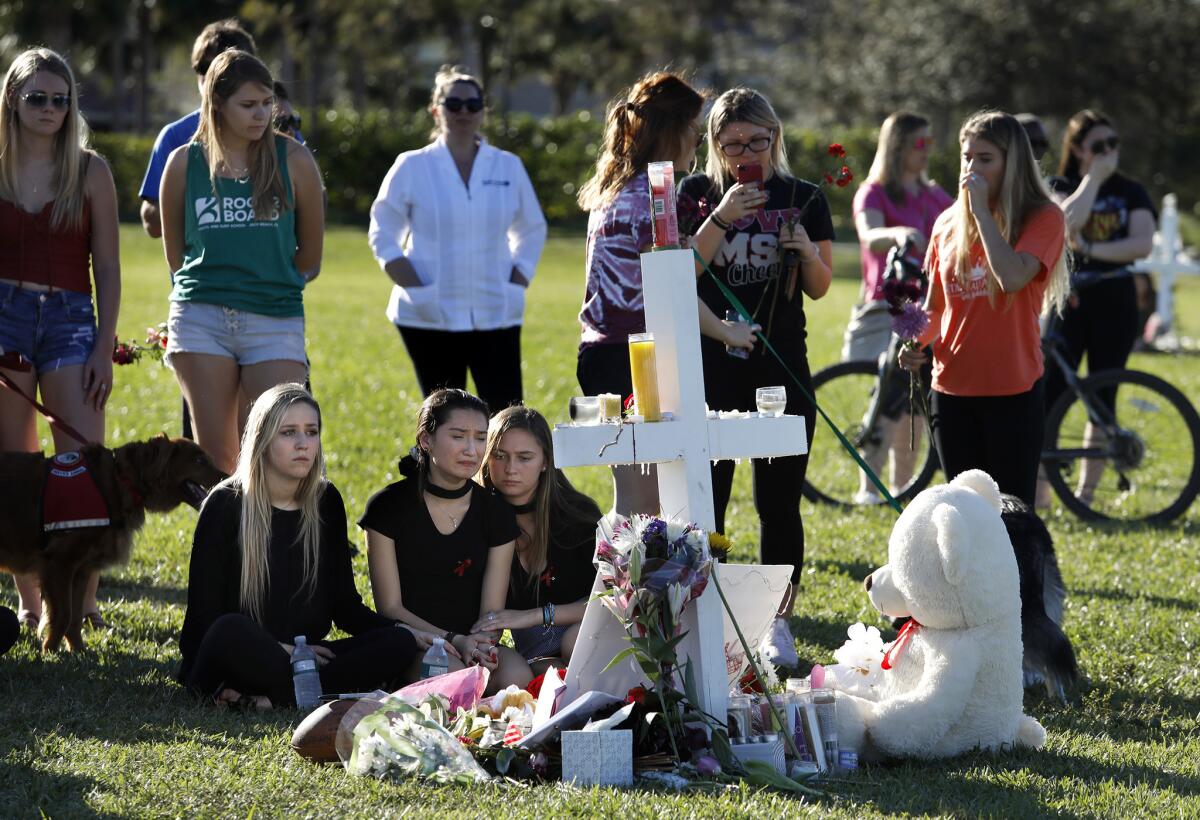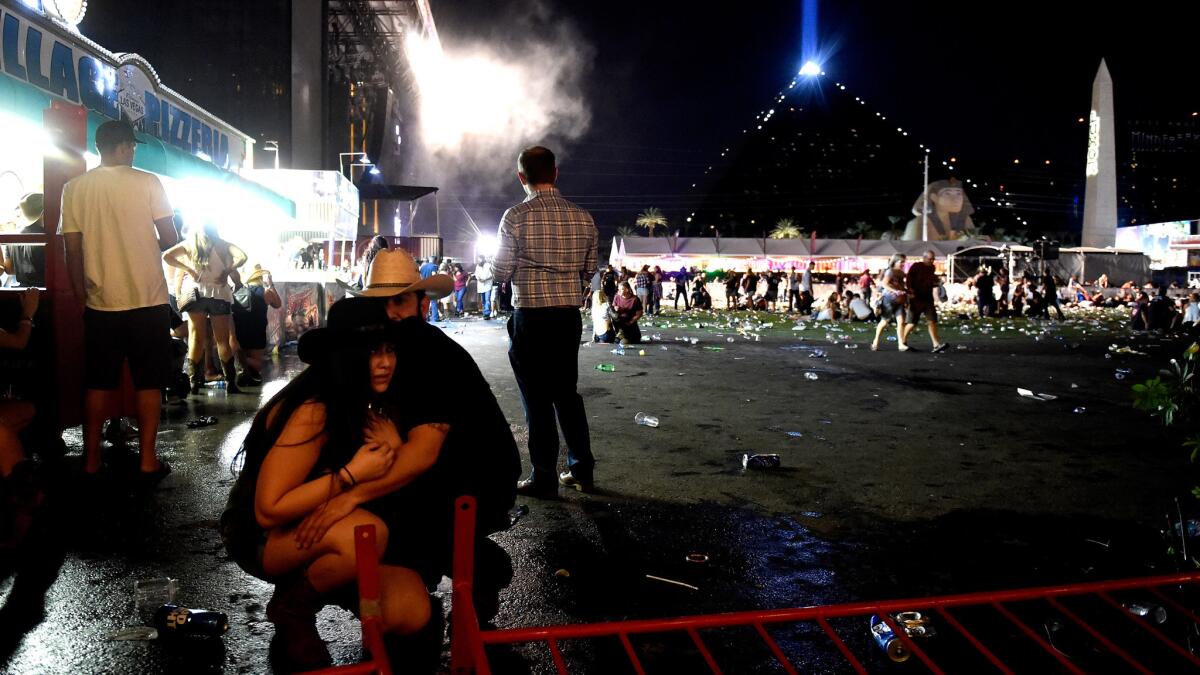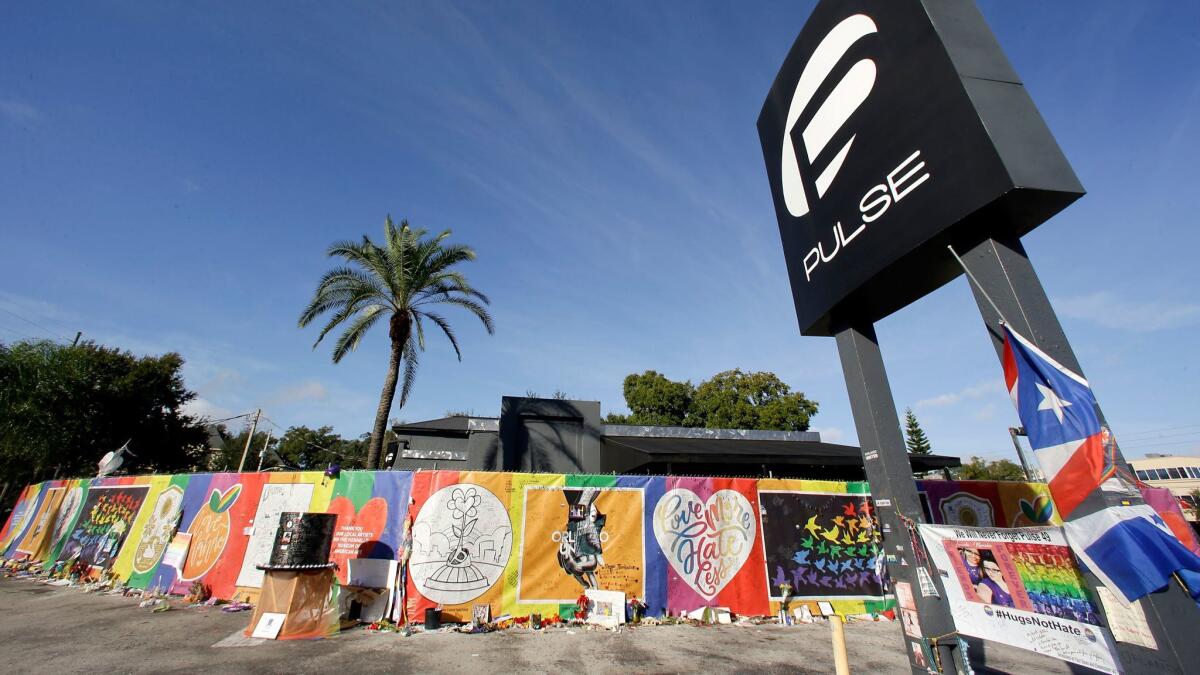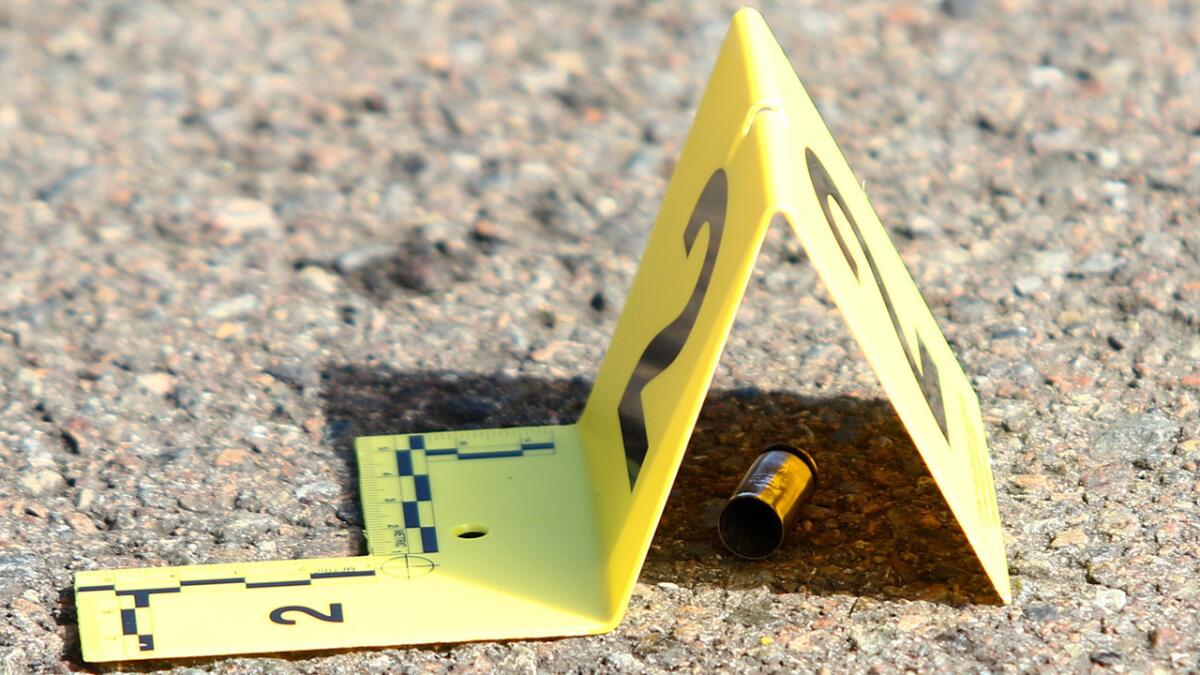A tally of a mass shooting could be written in countless ways.
The term is not a legal one — which means that definitions fluctuate. The Gun Violence Archive, a nonprofit that tallies gun violence in the United States, defines a mass shooting as four or more victims shot or killed. Some media outlets use three fatalities as a baseline for a mass shooting; others four. The topic is widely debated.
For this timeline, The Times is defining a mass shooting as four or more deaths (which currently leaves the tragic Gilroy, Calif., shooting off the list). What is certain is that these types of shootings — regardless of how they are classified — often play out in a similar way: a gunman, frequently male, frequently working alone or as part of a pair, brings untold grief to the places where people gather: shopping centers and nightclubs and high schools and churches. There is no place that is safe.
